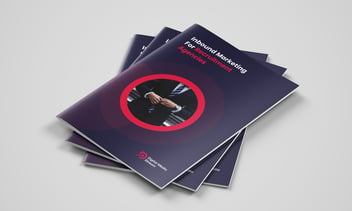Developments in technology have reduced the barriers associated with traditional publishing, leading to huge increases in the amount of electronic books, or eBooks, that are created.
Anyone can create, publish and benefit from an eBook with minimal hassle. This article explores how high-quality eBooks can be created quickly and cheaply by using your brand’s existing content, and also provides a few free design tools.
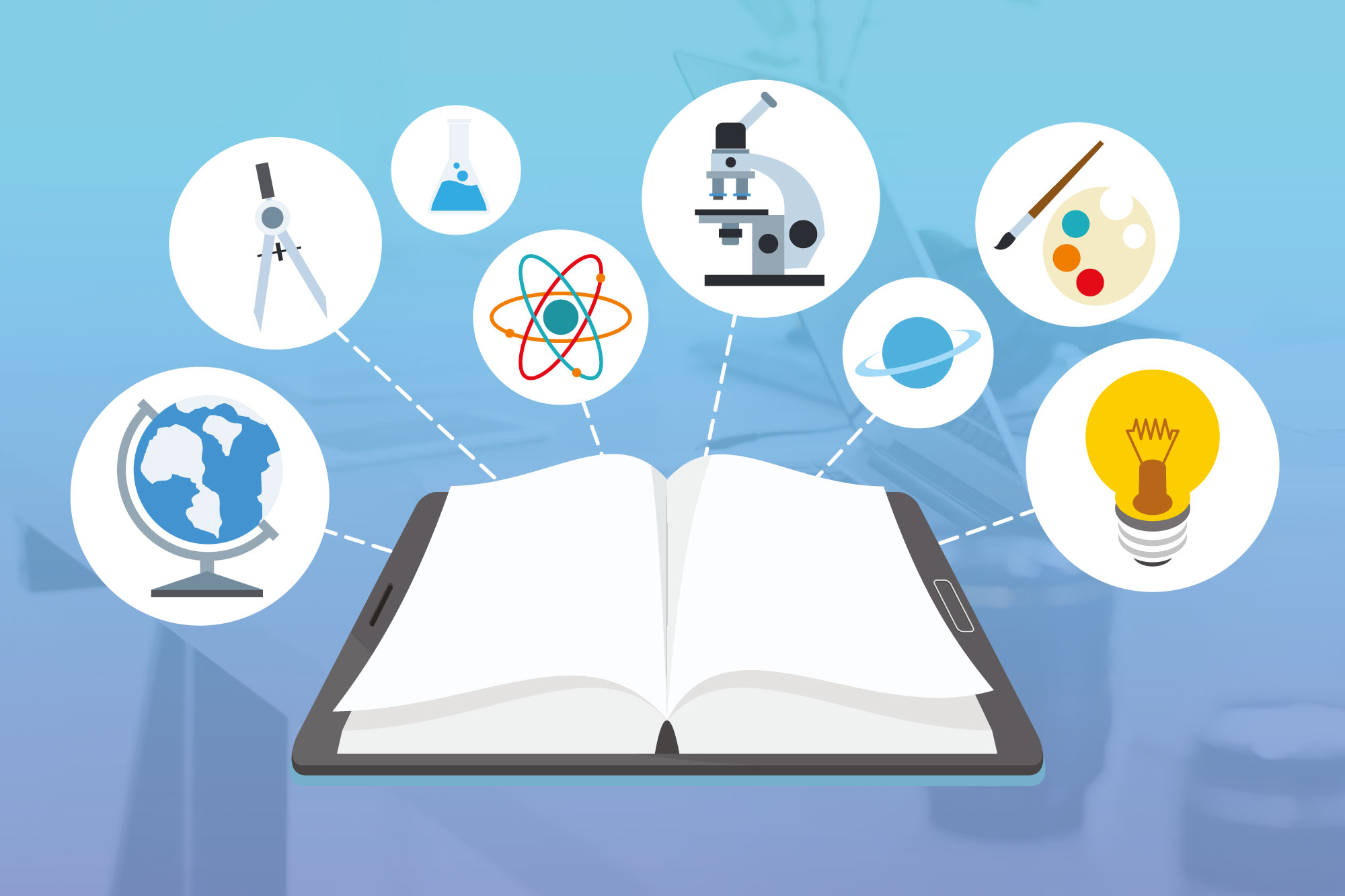
Simple tips to reverse-engineer existing content for an eBook
It’s likely you’ve already invested time and effort in your corporate communications through media such as your company blog, email newsletters, presentations and whitepapers. An eBook presents a great opportunity to combine and reuse previously published content in a slicker, more engaging format.
There are several benefits to reusing existing content. Firstly, it is likely already grouped by themes. This could be categories on your blog, sections in a whitepaper, or entire presentations on one topic. Looking at what you’ve got and grouping things together provides a good starting point for building chapters in an eBook.
Existing content may also include data in the form of tables, graphs or charts. These can be repurposed and combined to underpin your content with objective and credible figures. Revisiting and updating old research can be a good selling point for an eBook too, as readers will appreciate having access to the new information and insights this creates.
Where an eBook fits within the inbound marketing funnel
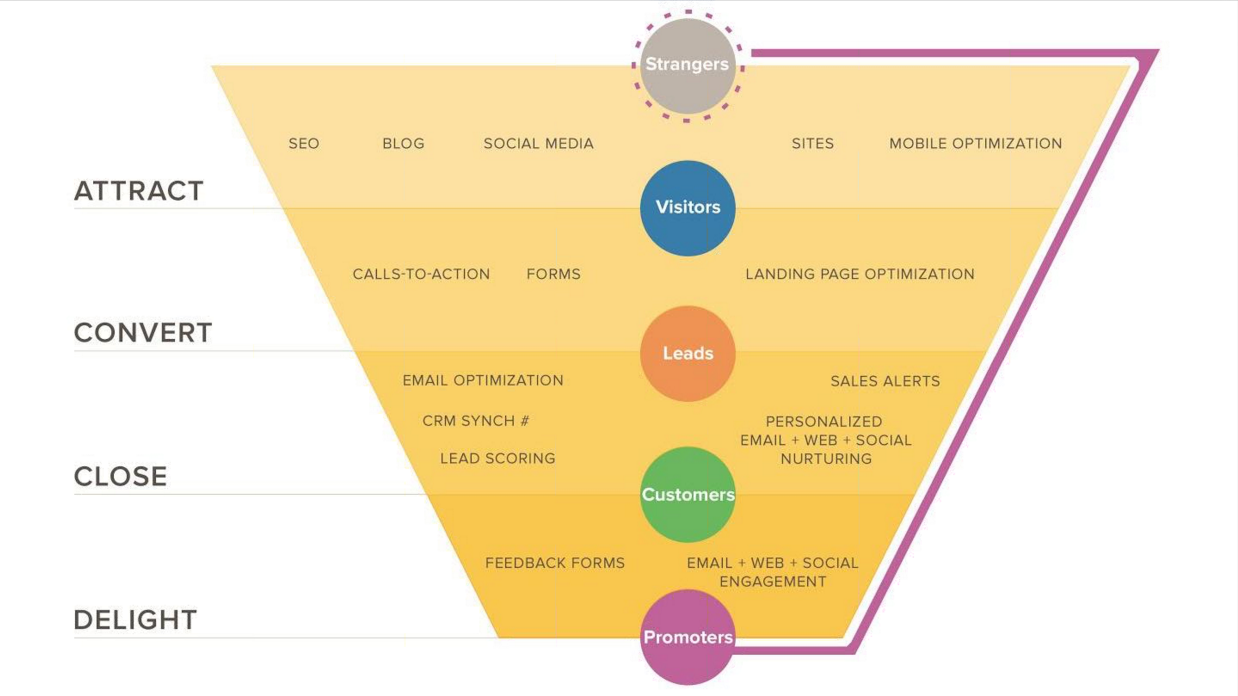
The eBook exists firmly in the consideration stage of the marketing funnel, when potential buyers are researching and understanding the options available to them.
“Don't interrupt buyers, attract them,” is the tagline on HubSpot’s introductory page, and this ethos should run throughout a well-made eBook. Their role in the inbound marketing funnel is to attract potential buyers through a combination of the following:
- Answering questions they may have about an industry or an aspect of the products and services therein.
- Answering a need, either conscious or subconscious.
- Creating goodwill and brand recognition with free, high-quality resources.
The aim is to create content that potential buyers will find and engage with by themselves. An example trajectory would be an employee of a business Googling a query about their industry, and reading a few articles that appear at the top of the search results.
In the byline of one of the articles the author may introduce themselves, explain their role in the industry, and link to an eBook they have written in the past. The reader, already invested in the author and their knowledge from the article, clicks through to the eBook and enters their details to download it.
After reading through and finding the answer to their original question, as well as learning more about the topic, the reader will associate the brand and author with useful knowledge and well-designed content. The original author also has the contact information of the buyer and can get in touch to see whether there is scope to work together, or send them additional marketing material.
Tips for producing an eBook if you don’t have strong design skills
The design stage needn’t be complicated, as familiar software packages like Microsoft PowerPoint offer all the functionality you need to put together something slick.
At the most basic level you can type the eBook content into an existing PowerPoint theme and export the whole thing as a PDF, although there are many tools to customise and enhance your eBook. Here are some useful resources to consider:
Paletton is a colour scheme designer. Just enter the hex code for your base colour, or choose it on the colour wheel, then you can customise various options to build a coherent colour scheme. You can pick from four preset configurations, or fine tune to create a custom look.
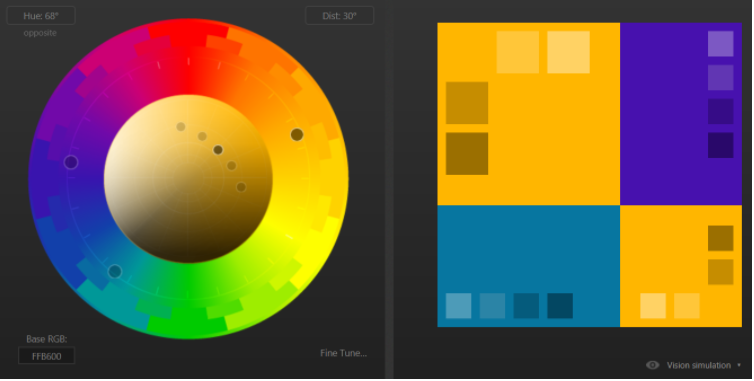
The Google Fonts website offers sophisticated customisable previews of many new and old fonts, and suggests popular pairings between fonts. The pairings can also be previewed to show how they will look in your eBook, without the need to download and install.
Once you’ve found fonts you like you can download the OTF files from sites like Font Squirrel to use offline.
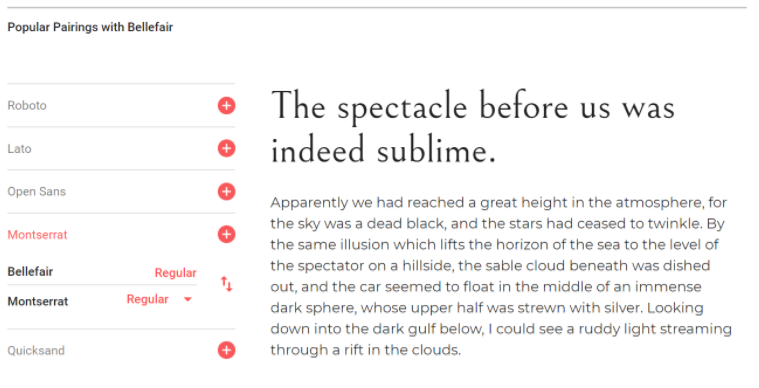
Sites like Pexels and Unsplash provide free, high-quality stock images that can be used to make digital content more visually appealing. Free stock images will reduce the cost of your eBook project, and will save time associated with taking photos yourself.
If you don’t fancy creating an eBook yourself or in-house, aspects of the design and creation can be outsourced. You can search for a b2b content marketing agency or qualified freelancers to help with copywriting, design, proofreading and more.
Creating landing pages and thank you pages in Hubspot
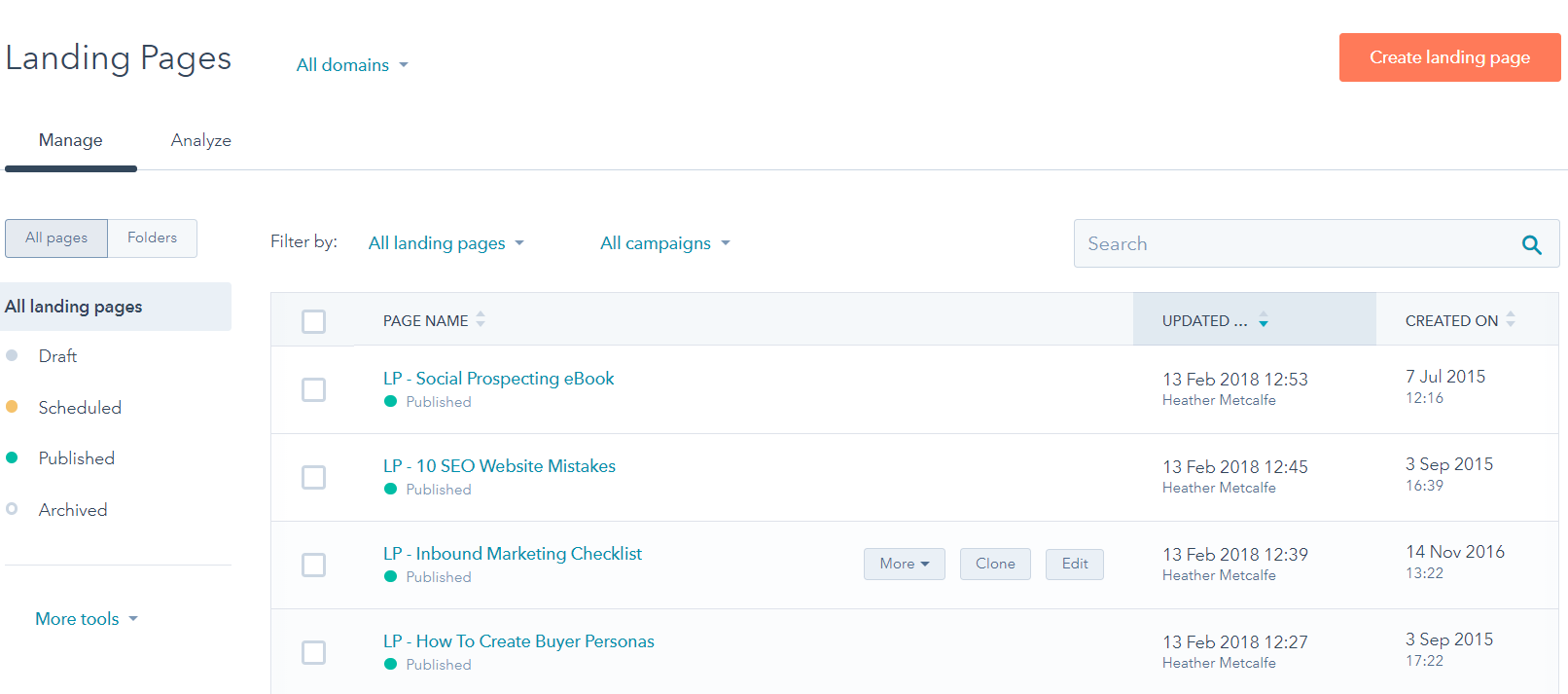
Once an eBook is created, it’s time to make it work for you. As mentioned previously, the appeal of eBooks is the mutual benefit to you and prospective customers: they benefit from well-researched and designed content, while you benefit from targeted leads who have expressed interest in your service offering.
HubSpot offers tools to effortlessly create and publish landing pages which collect user information in exchange for giving them access to download your eBook.
The landing page should describe the content of the eBook and the benefit it will provide to the reader. Remember people are at the consideration stage of the inbound marketing funnel when researching eBooks, so aim to reassure and convince: provide a concise summary of the content, outline the topics covered and questions answered, and if possible provide a preview of the actual content so they know what to expect.
Collecting basic contact information (name, email address, phone number) is vital to follow up leads, and more granular information like industry, company size and job role allows you to qualify and categorise leads more effectively.
An excellent example of the above points can be found on the landing page for HubSpot’s “How to write an eBook”, which we recommend downloading and reading to learn more about eBook creation. Note the structure and contents of the landing page, too:
- A call to action: an immediate image of the eBook and concise summary of its contents, with a bold button to download.
- Explanation of content: a few paragraphs of more detailed summary, a bullet list of what you will learn and a few pages of live preview.
- Reassurance: frequently asked questions to answer any concerns from prospective downloaders.
- Download form: with fields for name, email, phone number, website, company name, number of employees, and a request on services you provide. Note that none of this is too invasive, and is all related to the areas covered in the eBook.
The information and tools above are a good primer of the benefits and process of creating eBooks, and we encourage further research. It is a type of content that can pay dividends to businesses that are willing to invest time and effort to create something excellent.



